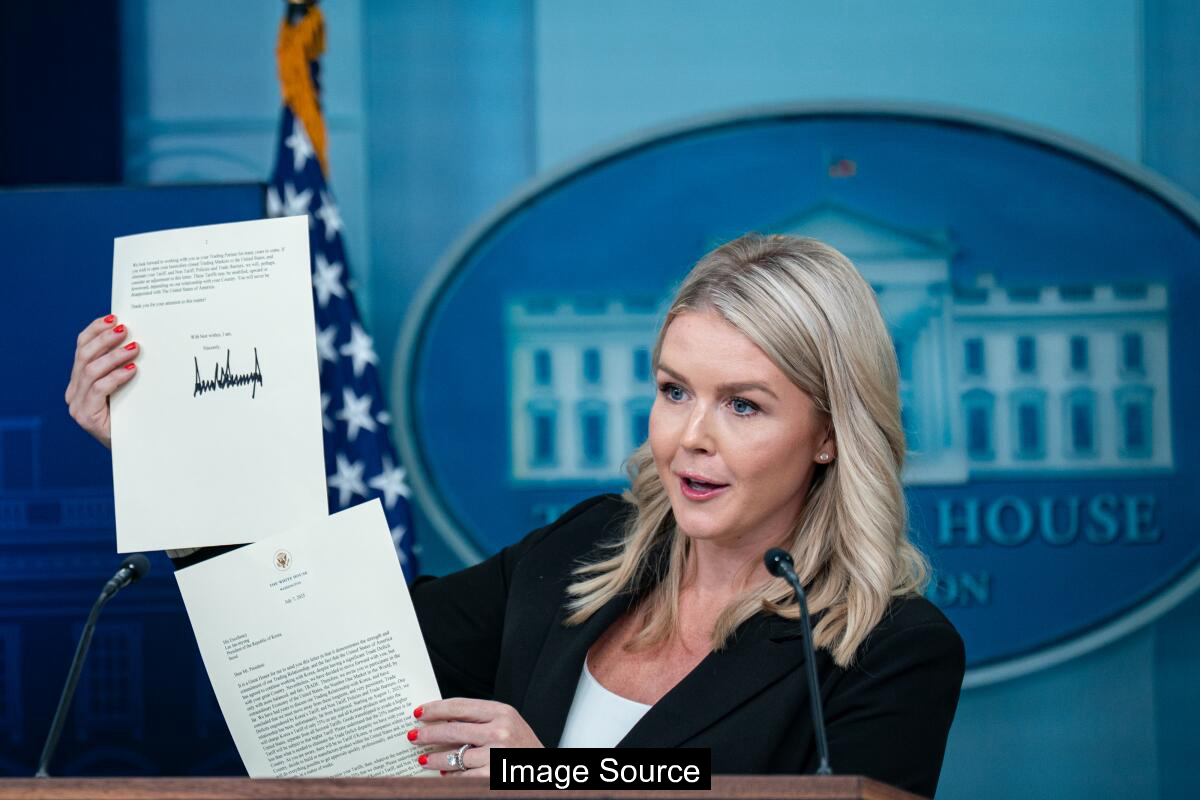The United States and South Korea have finalized a comprehensive trade agreement aimed at strengthening bilateral economic cooperation. The deal, which covers multiple sectors including technology and manufacturing, is expected to reduce trade barriers and create new opportunities for businesses in both countries. Negotiations for the agreement have been ongoing for several months, reflecting the strategic importance of the economic relationship between the two nations.

Trade Deal Overview
President Trump announced a new trade deal with South Korea that imposes a 15% tariff on South Korean exports, marking a significant shift from previous free-trade arrangements. Under the agreement, South Korea will invest $350 billion in key U.S. industries and purchase $100 billion worth of liquified natural gas. The deal represents a reduction from the initially proposed 25% tariff but still represents a substantial change in trade relations between the two countries.
The trade agreement comes after years of Trump criticizing the existing trade regime, particularly highlighting the $66-billion trade deficit the U.S. recorded with South Korea last year. Both countries have different interpretations of the deal’s specifics, with ongoing negotiations revealing complexities in their economic relationship.

Investment and Profit Perspectives
Commerce Secretary Howard Lutnick characterized the deal as ‘historic’ and claimed that 90% of South Korea’s $350-billion investment would benefit American people. However, South Korean officials have challenged this interpretation, suggesting that profits would be more likely reinvested proportionately based on each side’s contribution and risk.
South Korean President Lee Jae-myung framed the investment as an opportunity for Korean companies in shipbuilding, semiconductor, and energy sectors to expand into the U.S. market. The president hopes the agreement will strengthen industrial cooperation and maintain the existing military alliance between the two nations.
Despite Trump’s claims about complete trade openness, South Korean officials clarified that agricultural products like rice and beef were not part of the negotiation, and no significant concessions were made in those areas.
Negotiation Dynamics and Implications
South Korean negotiators expressed disappointment with the evolving trade negotiations, noting they deviate from traditional World Trade Organization principles. They specifically highlighted their unsuccessful attempt to negotiate a lower 12.5% tariff rate on automobiles, with Trump insisting on a uniform 15% rate for all exports.
The deal reflects broader shifts in international trade policy, with both countries seeking to protect their economic interests while attempting to create mutually beneficial arrangements. For South Korea, the agreement represents a delicate balance between maintaining economic relationships and protecting domestic industries.
The ongoing negotiations underscore the complex geopolitical and economic dynamics between the United States and South Korea, with both nations navigating challenging trade environments and seeking strategic advantages in an increasingly competitive global marketplace.
※ This article summarizes publicly available reporting and is provided for general information only. It is not legal, medical, or investment advice. Please consult a qualified professional for decisions.
Source: latimes.com